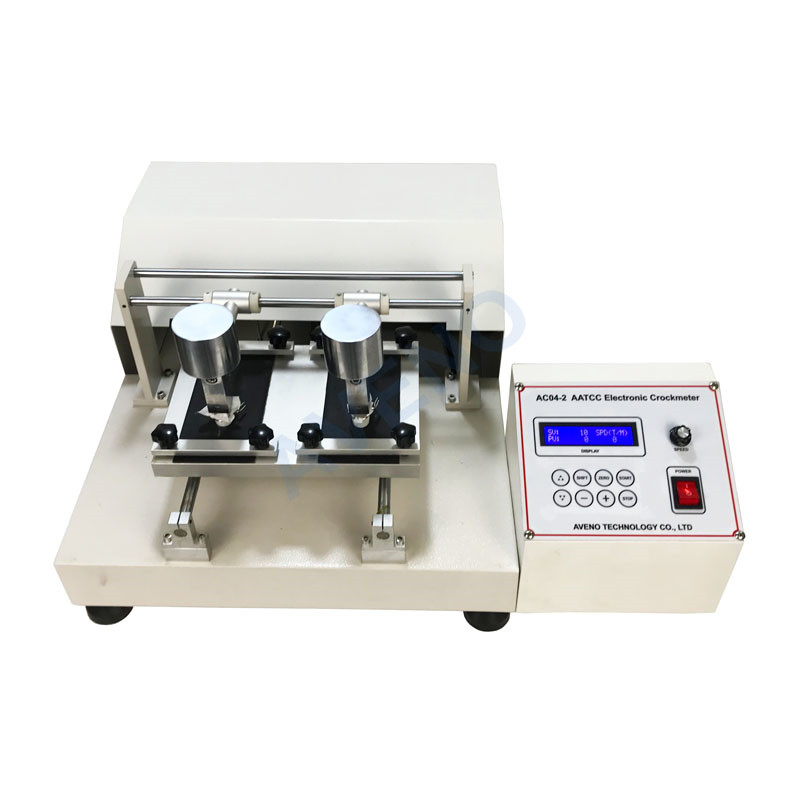 +8615280858852
+8615280858852
 +8615280858852
+8615280858852
1. Choice of grey cloth
The dyeing fabrics of the same variety specifications, due to the quality of the yarns and the different weaving methods, will also cause the difference in wet rubbing fastness of the dyed fabrics processed by the same process conditions. Therefore, it is preferable to select a grey fabric with excellent yarn quality, uniform yarn count, and smooth surface.
2. Pretreatment process
The smoother the surface of the fabric, the higher the wet rubbing fastness, so the singeing should be clean, and the colored fiber granules should be reduced; the air pressure and temperature of the scouring and bleaching process should be uniform, so that the fabric has uniform hair effect and whiteness. Conducive to the diffusion and penetration of dyes.
3. Dye selection and dyeing process
Choose a dye that has a higher lift and then less color. When color matching is required, try to select the same category, the dye of the same manufacturer, and the compatibility value of the color matching dye should be similar. In the process of dyeing liquid, soft water should be used as much as possible. Soft water agent can be added when appropriate, and some penetrant can be added to improve the penetration performance of the dye. In the dyeing process, the pH of the fabric should be controlled between 4.0 and 7.5 to prevent the strong alkali from breaking the bonding force between the dye and the fiber, and the wet rubbing fastness of the fabric is lowered.
The soaping process should wash away the floating color as much as possible, which can increase the number of washings and increase the water flow. Neutral detergents should be used at this time to prevent the alkaline detergent from causing re-hydrolysis of the dye.
4. Post processing
In order to improve the rubbing fastness after dyeing, it is necessary to perform post-fixing treatment after dyeing. There are two types of post-treatment: one type is a cationic fixing agent, which uses a relatively large molecular weight quaternary ammonium salt cation to combine with the dye anion to block the water-soluble group, thereby reducing the water solubility of the dye and improving the wet rubbing fastness. However, this often leads to a decrease in the fastness to light fastness; the other is a wet rubbing fastness improver, mostly a polyethylene emulsion and a special amino silicone softener, which crosslinks the film on the surface of the fabric to reduce the surface of the fabric. The frictional force achieves the effect of improving the wet rubbing fastness.
How to improve the wet rubbing color fastness of dyes is a comprehensive problem, which must be controlled from the selection of grey cloth, pre-treatment, dye selection, dyeing process and so on.
AVENO Machine Recommend:
AC04 AATCC Electronic Crockmeter
AC04-2-AATCC Electronic Crockmeter

AC05 AATCC Crockmeter(Rubbing Fastness Tester)
Contact Us Now!
Sales Dept Tel: +86 15280858852
Email: sales@avenotester.com
Skype: sales@avenotester.com
Web: www.avenotester.com
 online service
online service +8615280858852
+8615280858852 sales@avenotester.com
sales@avenotester.com +8615280858852
+8615280858852